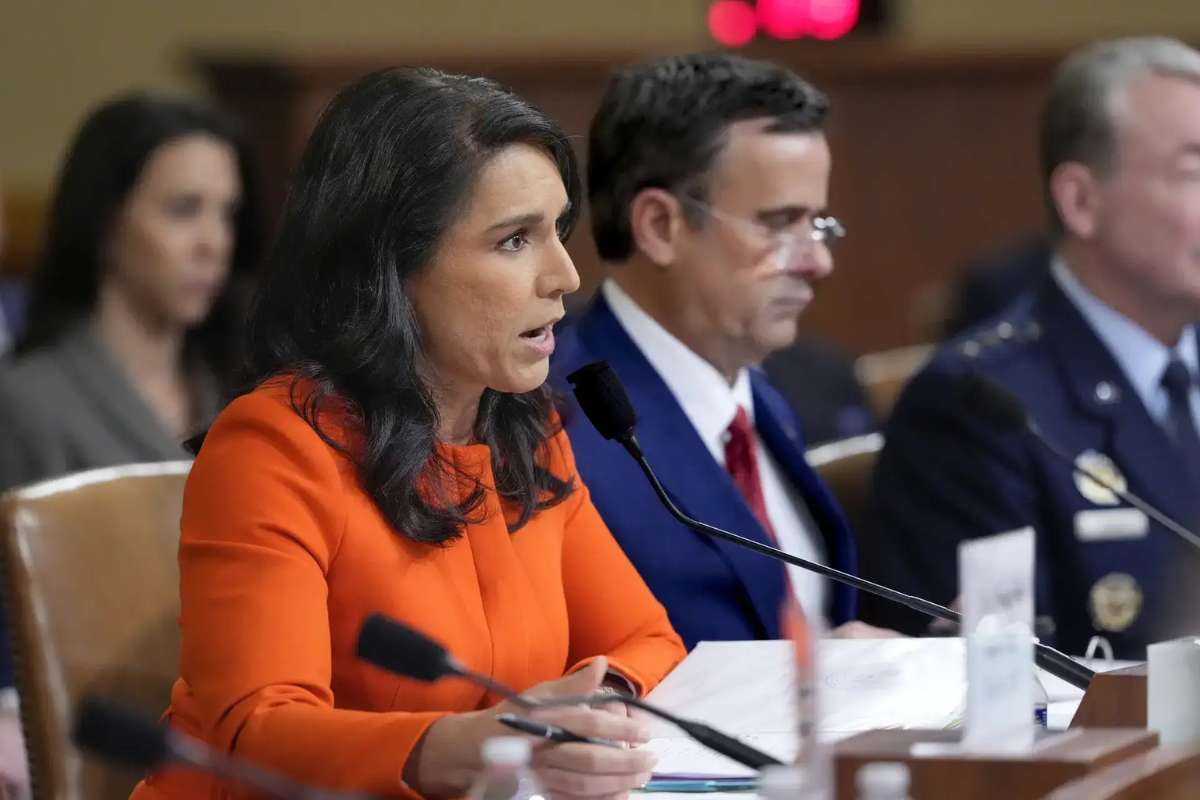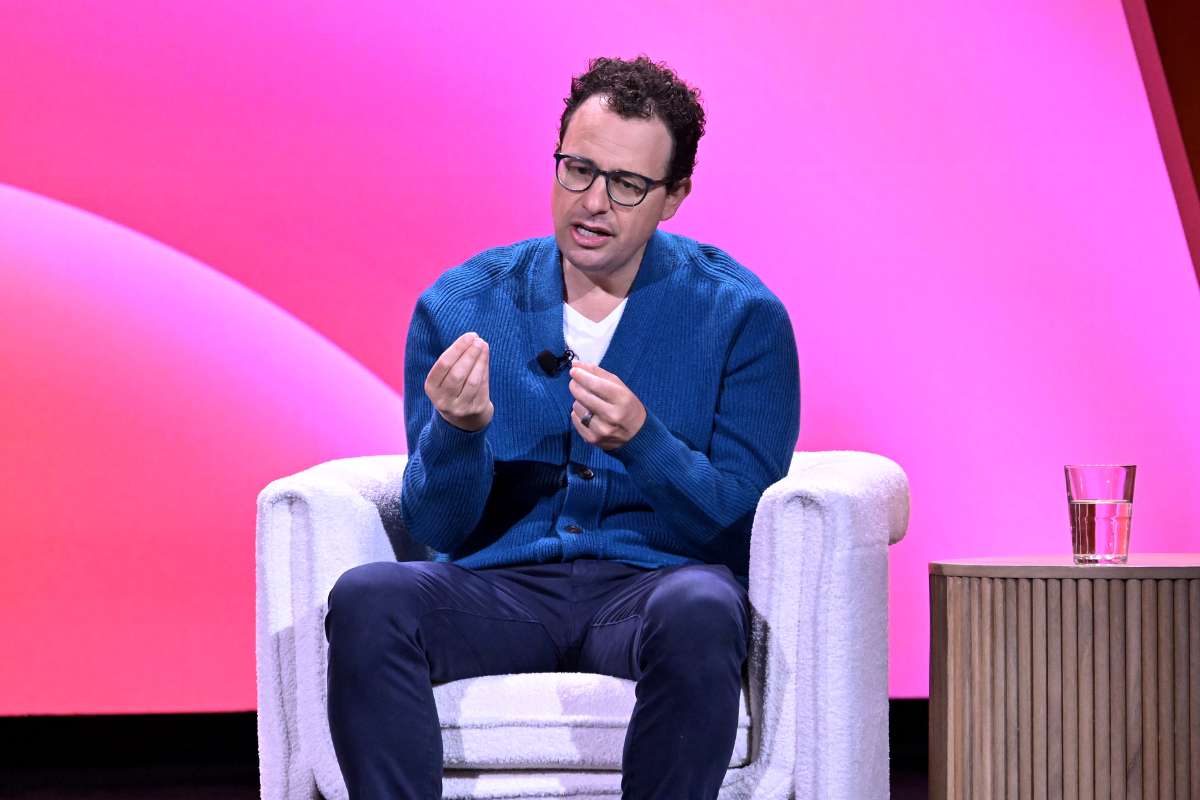As global tensions escalate, countries across the world are ramping up efforts to defend against cyberwarfare. A recent attack by Russian-linked hackers on municipal water systems in rural Texas—causing water overflow in a small town—served as a wake-up call. Though not financially motivated or intended to cause physical harm, the breach revealed glaring vulnerabilities in U.S. infrastructure. Experts believe it was a strategic test of defenses and a warning of the new digital battlefield where oceans and armies offer little protection.
The Global Tensions has become increasingly urgent in the face of trade disputes, political instability, and shifting alliances. Experts are warning of a digital arms race, where cyberattacks could disrupt economies, leak classified data, or even spark military conflict. National security analysts point to the increasing use of connected devices as a key vulnerability, with each new connection creating a potential entry point for hackers.
Despite the rising risks, recent changes in U.S. cybersecurity leadership have sparked concern. Former President Donald Trump’s dismissal of General Timothy Haugh, who led the NSA and Cyber Command, along with funding cuts to election cybersecurity programs and staffing reductions, has raised questions about America’s readiness. Critics argue these moves weaken rather than reinforce national cyber defenses at a time of heightened threat.
Growing Global Tensions
Digital espionage is now a critical component of modern statecraft. Hackers affiliated with China reportedly attempted to breach the devices of U.S. officials, including Trump himself, in the months leading up to the 2024 election. These covert intrusions aim to gather sensitive information that could influence military strategies or international negotiations.
At the same time, more visible attacks, such as those targeting Texas water facilities or politically charged campaigns by Iranian hackers, serve as strategic warnings or demonstrations of capability. Security experts worry most about deeply embedded attacks—those that silently insert backdoors or malware into systems for future use.
One such example is the “Volt Typhoon” campaign, which U.S. officials believe allowed Chinese operatives to access telephone networks and potentially compromise critical infrastructure. These digital implants could be activated later to disrupt power grids, hospitals, pipelines, or communications, possibly during a conflict like a future move against Taiwan.
Though details remain classified, it’s widely assumed that the U.S. possesses similar offensive cyber capabilities. Meanwhile, China denies any wrongdoing, accusing Washington of launching its own cyberattacks while deflecting blame.
As threats grow, many nations are rethinking their cyber strategies. There are signs of increasing cooperation among U.S. adversaries—Russia, China, Iran, and North Korea—who are forging closer military and cyber ties. Russia, needing support for its war in Ukraine, has reportedly received drones from Iran in exchange for cyber expertise, according to U.S. intelligence.
With trade Global Tensions rising, cyberattacks could also target vulnerable points in global supply chains. Smaller companies, often with fewer resources, may be used as entry points to access larger networks. Experts warn that retaliatory cyberattacks could escalate rapidly, increasing the risk of full-scale military conflict.
Amid these concerns, Trump’s administration faces criticism for dismantling programs aimed at protecting election infrastructure and for using encrypted messaging apps to discuss classified matters. Intelligence officials argue the reforms are meant to streamline operations and cut waste, while continuing investments in AI-based cyberdefense systems at the Pentagon suggest some forward-looking strategies are in place.
Despite internal policy shifts, international collaboration on cybersecurity is growing. More than 20 countries have signed an agreement on regulating commercial spyware, and the U.S. is expected to join. In the private sector, there’s a strong bipartisan push for government guidance and support. With over half a million cybersecurity roles needed in the U.S. alone, the path forward hinges on workforce development and public-private cooperation.
As digital threats continue to evolve, the world is entering a new era where cyber readiness is as crucial as traditional defense. The stakes have never been higher.
Also Read :- Cybersecurity Stocks Soar as Investors Embrace Sector’s Resilience Amid Tariff Pause






